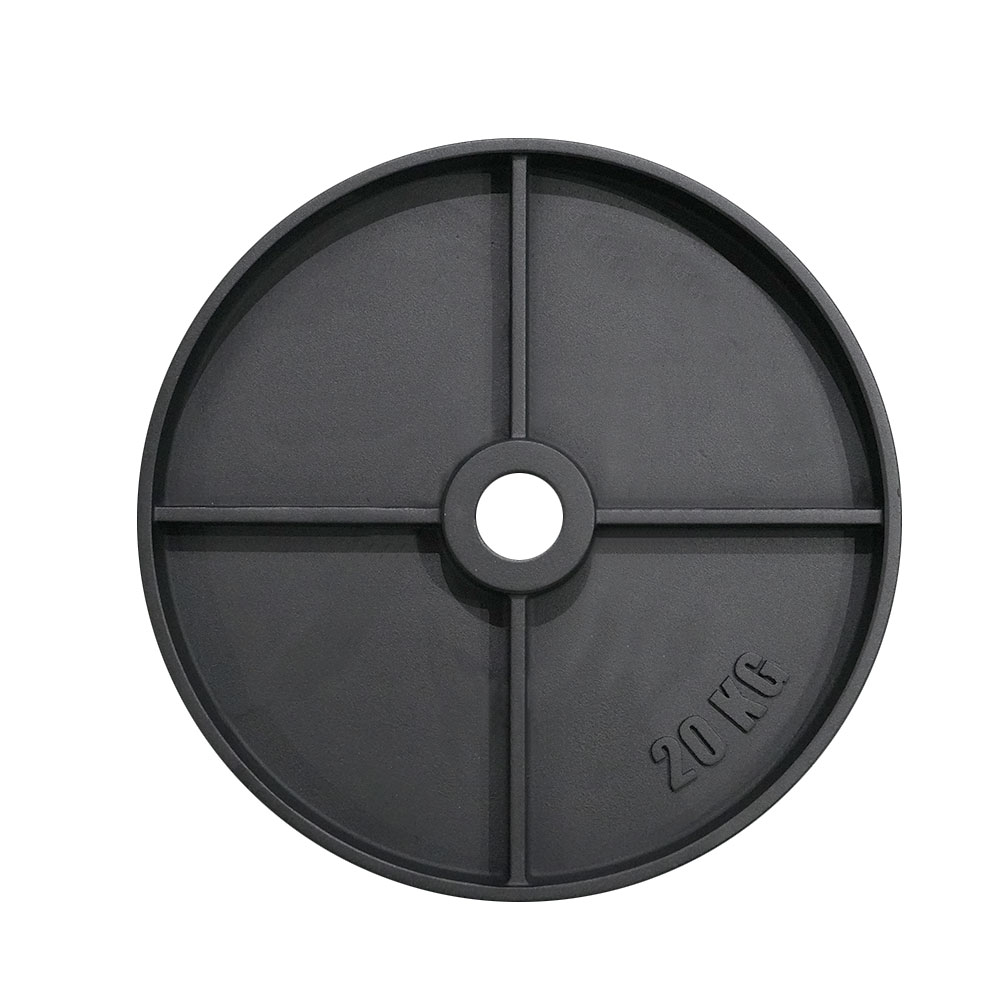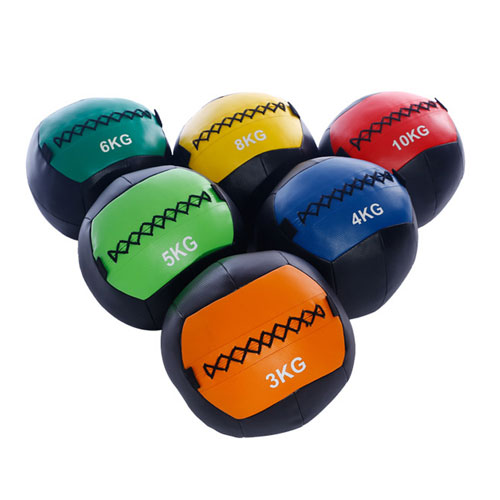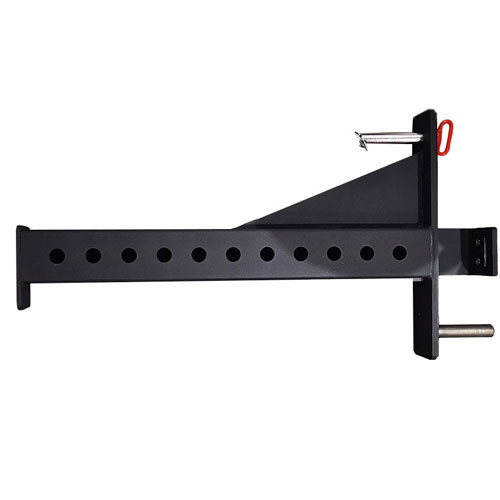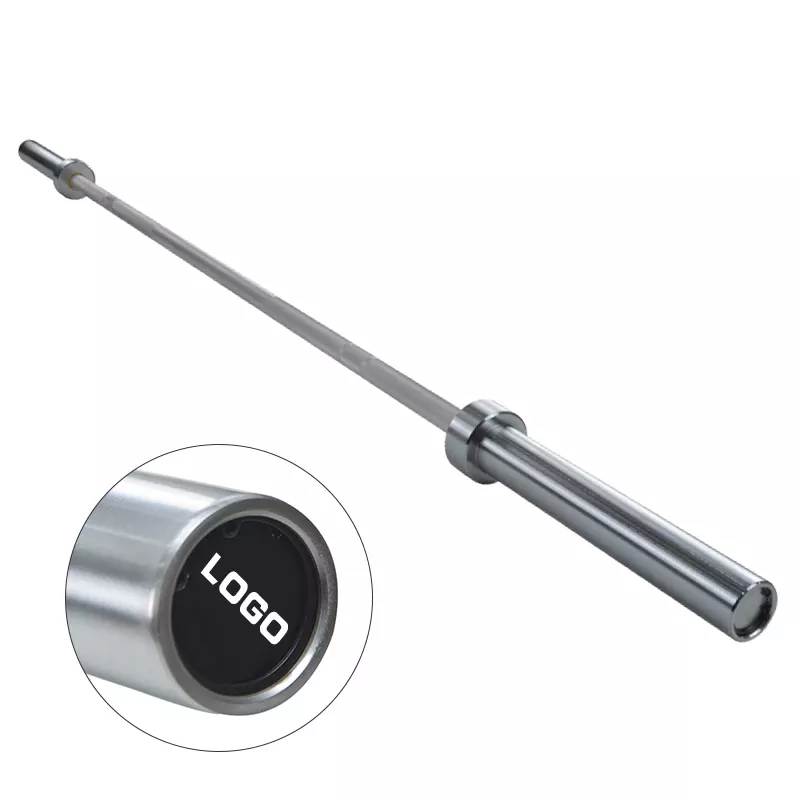Comparing Different Weight Racks
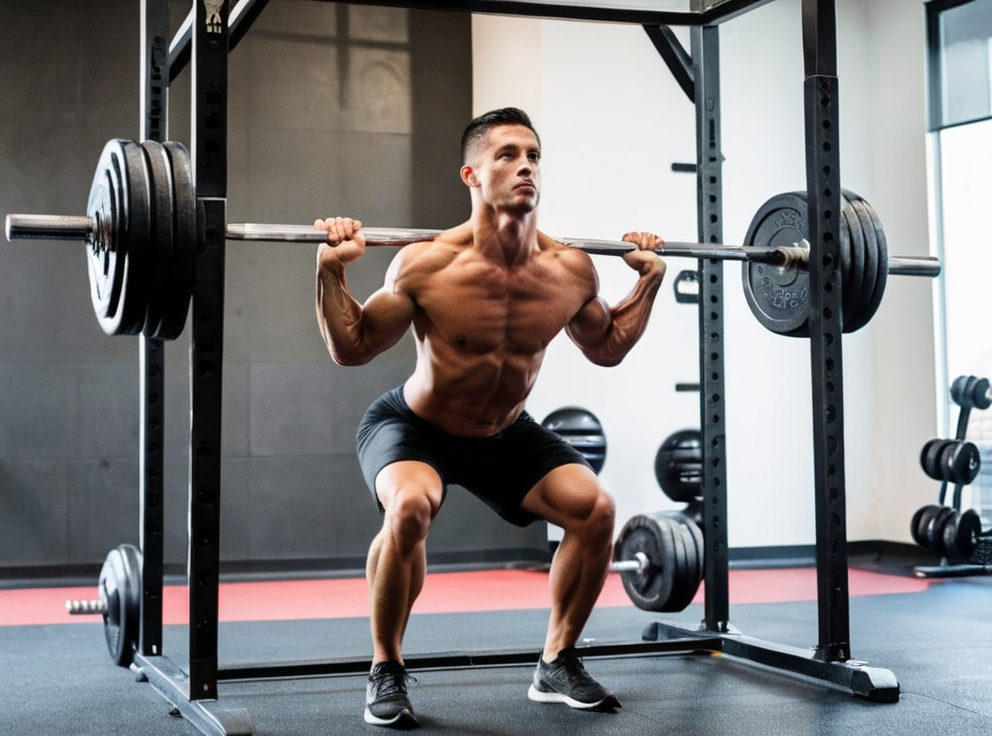
Selecting the appropriate weight rack is a crucial step in equipping your home gym or fitness facility. Different types of racks cater to specific training objectives, space constraints, and personal preferences. This comprehensive guide will delve into the key features, benefits, and considerations of various weight racks to help you make an informed decision.
Types of Weight Racks
The following are the most common types of weight racks available in the market:
- Olympic Weight Racks
- Power Racks
- Smith Machine Racks
- Half Racks
- Wall-Mounted Weight Racks
- Free-Standing Weight Racks
- Adjustable Weight Racks
- Commercial-Grade Weight Racks
Olympic Weight Racks
Features and Benefits:
- Designed to accommodate Olympic-style barbells
- Typically have a high weight capacity and are constructed from durable materials
- Offer ample space for loading and unloading plates
- Some models come with integrated storage shelves or hooks for easy accessibility
- Ideal for exercises such as squats, deadlifts, and bench presses
Different Sizes and Designs:
Olympic weight racks come in various sizes and configurations. They can be purchased as standalone units or as part of a larger squat rack or power rack system.
Considerations When Choosing an Olympic Rack:
- Height: Ensure the rack is tall enough to accommodate your standing height and the full range of motion for exercises like squats and overhead presses.
- Width: Consider the width of the rack, especially if you plan to store the rack against a wall or in a limited space.
- Weight Capacity: Determine the maximum weight you intend to lift and select a rack with a sufficient capacity to support your training needs.
- Durability: Look for racks made from high-quality steel or aluminum to ensure stability and longevity.
Power Racks
Comparison to Olympic Racks:
- Similar to Olympic racks but offer added features such as safety bars and spotter arms.
- Safety bars provide support for the barbell in case of a failed lift, while spotter arms can assist with re-racking the barbell.
Features:
- Include multiple rack heights and adjustable safety bars for various exercises
- Some models have integrated pull-up bars and dip stations for additional versatility
- Provide a safer and more controlled environment for heavy lifting
Pros and Cons for Different Types of Power Racks:
Half Power Racks:
- Pros: Compact and space-saving, allowing them to fit in smaller home gyms.
- Cons: Limited space for plate storage and may not be suitable for advanced lifters.
Full Power Racks:
- Pros: Offer a wider footprint, providing ample space for plate storage and movement around the rack.
- Cons: Require more space and can be more expensive than half racks.
Smith Machine Racks
Description and Operation:
- A specialized type of weight rack that features a guided barbell that moves along a fixed track.
- The barbell is counterbalanced, making it easier to control and reducing the potential for injury.
Advantages and Disadvantages:
Advantages:
- Suitable for beginners or individuals with mobility issues
- Provides a controlled movement pattern that prevents imbalances
- Ideal for exercises such as squats, bench presses, and overhead presses
Disadvantages:
- Lack of freedom of movement compared to free weights
- May limit muscle activation and strength gains
- Not suitable for advanced lifters who require dynamic movements
Half Racks
Combination of Olympic and Power Racks:
- Offer the benefits of both Olympic racks and basic power racks.
- Typically have a wider base than Olympic racks and include safety bars for added stability.
- Provide a compact option for home gyms with limited space.
Features and Benefits:
- Combine the versatility of Olympic racks with the safety features of power racks.
- Allow for varied exercises, from squats and bench presses to pull-ups and dips.
- Suitable for both beginner and intermediate lifters.
Wall-Mounted Weight Racks
Advantages of Vertical Storage:
- Utilize vertical space, freeing up valuable floor space.
- Provide easy access to weights and barbells.
- Can be installed in garages, basements, or other areas with limited space.
Types of Wall-Mounted Racks:
- Barbell Holders: Designed to store barbells vertically, saving space and keeping them off the floor.
- Plate Holders: Allow you to store weight plates vertically, organizing your gym and making them easily accessible.
- Combination Racks: Combine barbell holders and plate holders in a single unit, providing comprehensive storage for all your weightlifting equipment.
Considerations for Installation and Use:
- Ensure the wall you are mounting the rack on can support the weight of the rack, weights, and any additional equipment.
- Use heavy-duty anchors and bolts to secure the rack properly.
- Consider the height of the rack and the height of your ceilings to ensure you have sufficient space for exercises.
Free-Standing Weight Racks
Variety of Designs and Materials:
- Available in a wide range of designs, from simple, single-tier racks to multi-tiered units with built-in storage compartments.
- Made from various materials such as steel, aluminum, and heavy-duty plastic to suit different requirements and budgets.
Storage Capacity and Stability:
- The size and design of the rack determine its storage capacity.
- Look for racks with a sturdy base and adjustable feet to ensure stability and prevent wobbling.
Mobility and Portability:
- Some free-standing racks are designed to be mobile with built-in wheels or handles.
- This feature facilitates easy movement and storage when not in use.
Adjustable Weight Racks
Advantages of Adjustable Height and Width:
- Allow you to adjust the height and width of the rack to accommodate different exercises and users.
- Ideal for home gyms with limited space or for users who perform various exercises requiring different rack heights.
- Provide greater versatility and customization options.
Functionality for Different Exercises:
- Adjustable weight racks can be used for exercises such as squats, bench presses, military presses, and rows.
- The adjustable width allows you to customize the stance and grip for exercises like squats and deadlifts.
Durability and Weight Capacity:
- Look for racks made from durable materials such as steel or aluminum.
- Ensure the rack has a sufficient weight capacity to support your intended lifting needs.
Commercial-Grade Weight Racks
Features and Specifications:
- Designed to meet the demands of heavy-duty use in professional gyms and athletic facilities.
- Constructed from heavy-duty steel and engineered to withstand intense training environments.
- Feature robust safety features, such as thick spotter arms and reinforced bases.
Heavy-Duty Construction:
- These racks are built to withstand the rigorous use and frequent loading and unloading of heavy weights.
- They typically have a thicker gauge steel frame and reinforced joints to ensure stability and longevity.
Suitability for Professional Gyms and Athletic Facilities:
- Commercial-grade weight racks are ideal for high-traffic areas and facilities that require durable, reliable equipment for daily use.
- They can handle the intensive usage and provide a safe and efficient training environment for experienced lifters.
Other Considerations
Price Range and Budget:
- Determine your budget and compare prices from different manufacturers and retailers.
- Consider both the initial cost and the potential long-term value and durability of the rack.
Space Available:
- Measure the available space in your home gym or fitness area.
- Determine the footprint of the racks you are considering to ensure you have sufficient room for your workouts.
Personal Preferences and Workout Requirements:
- Consider your personal lifting style, experience level, and training goals.
- Select a rack that suits your individual needs and preferences.
Conclusion
Choosing the right weight rack is a thoughtful process that requires careful consideration of your fitness goals, space constraints, and budget. This guide has provided an in-depth overview of different types of weight racks, highlighting their features, benefits, and considerations to help you make an informed decision.
Remember to thoroughly research and compare racks from reputable manufacturers. Consult with experienced lifters or fitness professionals if necessary. By selecting the optimal weight rack, you can enhance your training experience, elevate your fitness results, and progress towards your desired goals safely and effectively.
FAQ about Weight Racks
1. What is the best type of weight rack for a home gym?
The best type of weight rack for a home gym depends on your available space and specific training needs. For most home users, a power rack or half rack offers versatility, safety, and efficient use of space.
2. How much weight can a typical weight rack hold?
Weight racks vary in capacity based on their design and materials. Most power racks can hold between 500 to 1,000 pounds, but always check the specifications for your specific model.
3. Do I need a squat rack if I have a Smith machine?
While a Smith machine provides a guided barbell movement, a squat rack allows for more freedom of movement and varied lifting techniques. If your training includes a lot of free weight exercises, a squat rack is highly beneficial.
4. How do I maintain my weight rack?
Regular maintenance involves inspecting for any signs of wear or damage, tightening loose bolts, and keeping the rack clean from sweat and dirt to prevent corrosion.
5. Can I use a weight rack for exercises other than weightlifting?
Yes, weight racks can also support bodyweight exercises, such as pull-ups and dips. Many racks come with attachments that facilitate a variety of workout routines.

